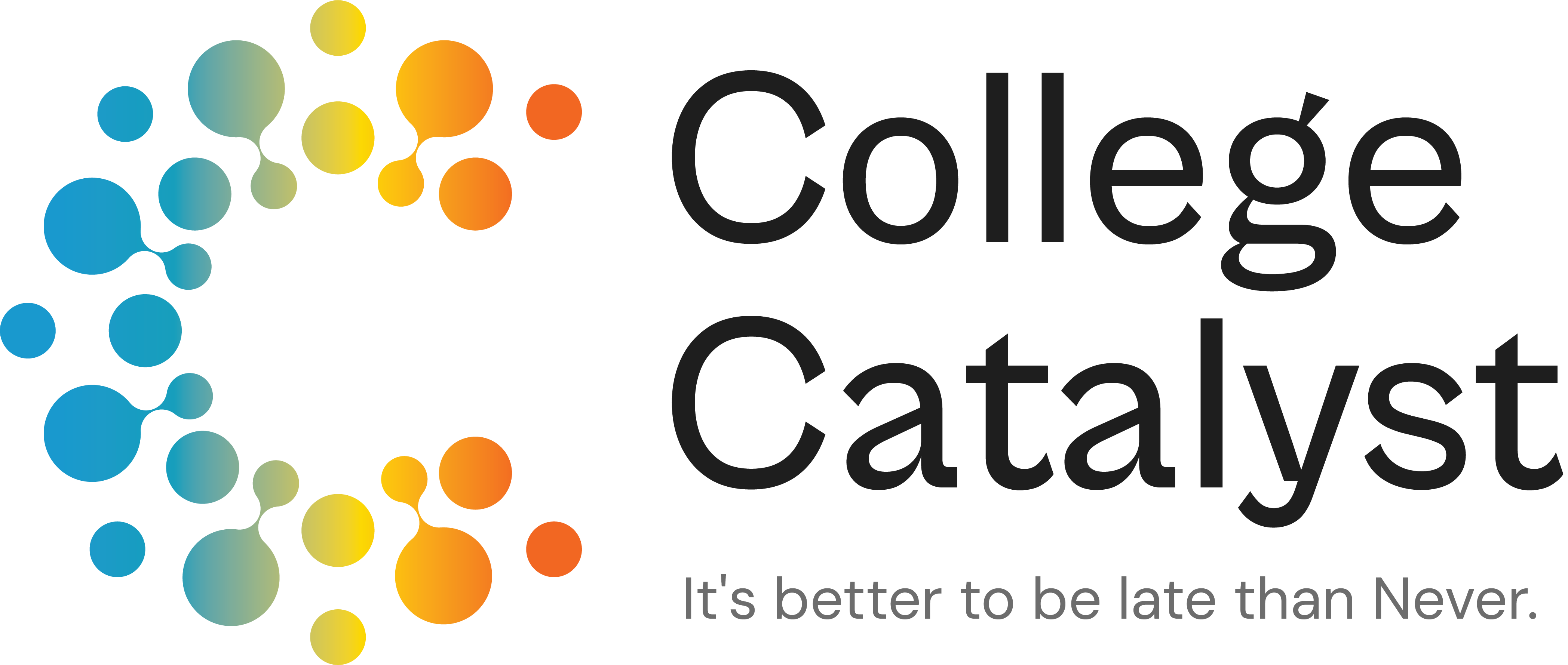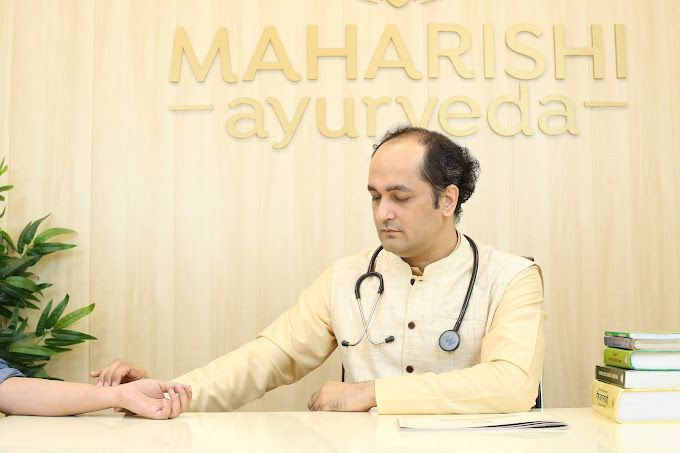BAMS
BAMS Course Details
The Bachelor of Ayurvedic Medicine and Surgery (BAMS) is a professional undergraduate degree in Ayurvedic medicine, which is a traditional system of medicine rooted in ancient India. The BAMS course trains students to become Ayurvedic doctors, focusing on holistic treatment approaches, herbal medicine, and traditional healing practices. BAMS incorporates both theoretical knowledge and practical skills related to Ayurveda, anatomy, physiology, and clinical practices.
Course Duration:
- 5.5 years (4.5 years of academic study + 1 year of compulsory Internship)
Eligibility Criteria:
- Educational Qualification: Completion of 10+2 with science subjects (Physics, Chemistry, and Biology).
- Minimum Marks: Generally, 50% to 60% in 10+2, depending on the institution.
- Age Limit: Typically, candidates should be 17 years or older at the time of admission and usually not more than 25 years of age.
- Entrance Exam: Admission is often based on entrance exams. Some common exams include:
- NEET (National Eligibility cum Entrance Test) in India
- State-level entrance exams in various regions or universities.
Core Subjects in BAMS:
-
First Year:
- Basic Principles of Ayurveda: Introduction to Ayurvedic philosophy and basic principles.
- Anatomy: Human body structure, including musculoskeletal, circulatory, and nervous systems.
- Physiology: Understanding the functions of various bodily systems.
- Biochemistry: Chemical processes in living organisms.
- Sanskrit: The language used in Ayurvedic texts and prescriptions.
- Pathology: Basics of disease processes as per Ayurveda.
-
Second Year:
- Ayurvedic Pharmacology: Study of herbal medicines, formulations, and treatment processes.
- Principles of Diagnosis: Ayurveda-based diagnostic methods (e.g., pulse diagnosis, examination of urine, tongue).
- Rasa Shastra: The study of metals, minerals, and chemical compounds used in Ayurvedic medicines.
- Kayachikitsa: The treatment of internal diseases (e.g., digestive, respiratory, and circulatory diseases).
-
Third Year:
- Pediatrics (Kaumarbhritya): Ayurvedic treatment of children and infants.
- Obstetrics and Gynecology (Stri Roga and Prasuti Tantra): Ayurvedic care during pregnancy, childbirth, and women's health issues.
- Surgery (Shalya Tantra): Ayurvedic surgical methods and techniques.
- Ophthalmology (Shalakya Tantra): Ayurveda-based treatments for eye diseases.
- Roganidana: Study of the causes of diseases according to Ayurvedic principles.
-
Fourth Year:
- Ayurvedic Toxicology: Study of toxins, poisoning, and detoxification methods in Ayurveda.
- Geriatrics (Jara Vyadhi): Treatment of age-related diseases.
- Psychiatry (Brahma Gyan): Ayurvedic approach to mental health and well-being.
- Ayurvedic Diet and Nutrition: Dietetics and food therapy based on Ayurvedic principles.
-
Internship (1 Year):
- Practical experience in Ayurvedic hospitals, clinics, and healthcare centers under the guidance of senior Ayurvedic practitioners.
- Hands-on experience with patients, understanding the diagnostic process, preparing Ayurvedic medicines, and offering holistic treatment.
Career Opportunities After BAMS:
- Ayurvedic Practitioner: Setting up a private Ayurvedic clinic or working in Ayurvedic centers.
- Ayurvedic Doctor: Working in hospitals, health centers, or wellness resorts that focus on holistic healing.
- Ayurvedic Consultant: Offering consultation for diet plans, lifestyle adjustments, and natural therapies.
- Ayurvedic Pharmacy: Working in pharmaceutical companies that manufacture Ayurvedic medicines.
- Ayurvedic Research: Researching the efficacy and development of Ayurvedic treatments.
- Teaching: Becoming a faculty member at Ayurvedic colleges or institutions.
- Ayurvedic Spa and Wellness Industry: Managing or providing treatments in wellness centers and spas.
- Government Jobs: Working with government health departments or Ayurvedic health schemes.
Fees for BAMS Course:
The fees for the BAMS program can vary based on the country, university, and whether the institution is private or government-funded. Below is a general overview:
In India:
- Government Colleges: ₹30,000 to ₹2,00,000 per year
- Private Colleges: ₹1,00,000 to ₹5,00,000 per year
- Total Course Fees (5.5 years): ₹1,50,000 to ₹25,00,000 (depending on the type of institution)
In the United States/Western Countries:
- BAMS programs are not commonly offered in the US or Western countries. These countries generally offer Doctor of Naturopathy or integrative medicine programs as alternatives. However, there are Ayurvedic courses available in Ayurvedic Colleges for those interested in Ayurvedic practices and treatments.
- Fees: International Ayurvedic courses can range from $5,000 to $30,000 per year.
In the United Kingdom:
- Similar to the US, BAMS programs are rare. However, there are options for studying Ayurvedic Medicine at various accredited institutions that may offer diplomas or degrees in complementary medicine.
- Fees: £10,000 to £25,000 per year for Ayurvedic or alternative medicine programs.
In Other Countries (like Nepal, Sri Lanka, Bangladesh):
- BAMS Fees are relatively affordable in countries like Nepal and Sri Lanka.
- Fees: Around $3,000 to $8,000 per year.
Additional Costs:
- Books and Materials: ₹5,000 to ₹10,000 per year (depending on the institution).
- Hostel Accommodation: ₹50,000 to ₹1,50,000 per year (varies by location).
- Living Expenses: Typically between ₹1,00,000 and ₹2,00,000 annually for accommodation, food, and other living expenses.
Scholarships and Financial Aid:
Many institutions offer scholarships, loan options, and financial assistance based on merit or financial need. It is advisable to check with individual institutions regarding scholarship opportunities.
Conclusion:
BAMS is a unique and fulfilling course for students interested in the ancient science of Ayurveda. With increasing interest in natural and holistic health practices, BAMS graduates can build careers in both India and internationally. Whether in private practice, hospitals, wellness centers, or research, the scope for Ayurvedic doctors is growing. However, students should consider the fees, career prospects, and the availability of scholarships when choosing an institution to pursue this course.


